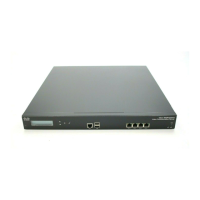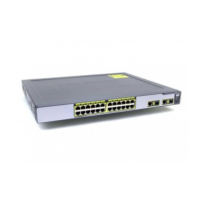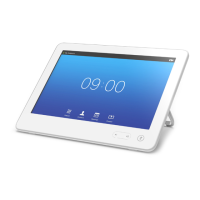Name Description
Service Specifies which protocol was used for the communication. Will be one of:
n H323
n SIP
n H.225
n H.245
n LDAP
n Q.931
n NeighbourGatekeeper
n Clustering
n ConferenceFactory
Message
Type
Specifies the type of the message.
Response-
code
SIP response code or, for H.323 and interworked calls, a SIP equivalent response code.
Src-ip Source IP address (the IP address of the device attempting to establish communications). This can
be an IPv4 address or an IPv6 address.
Dst-ip Destination IP address (the IP address of the destination for a communication attempt). The
destination IP is recorded in the same format as Src-ip.
Src-port Source port: the IP port of the device attempting to establish communications.
Dst-port Destination port: the IP port of the destination for a communication attempt.
Src-alias If present, the first H.323 alias associated with the originator of the message.
If present, the first E.164 alias associated with the originator of the message.
Dst-alias If present, the first H.323 alias associated with the recipient of the message.
If present, the first E.164 alias associated with the recipient of the message.
Detail Descriptive detail of the Event.
Auth Whether the call attempt has been authenticated successfully.
Method SIP method (INVITE, BYE, UPDATE, REGISTER, SUBSCRIBE, etc).
Contact Contact: header from REGISTER.
AOR Address of record.
Call-id The Call-ID header field uniquely identifies a particular invitation or all registrations of a particular
client.
Call-serial-
number
The local Call Serial Number that is common to all protocol messages for a particular call.
Tag The Tag is common to all searches and protocol messages across a VCS network for all forks of a
call.
Call-
routed
Indicates if the VCS took the signaling for the call.
Cisco VCS Administrator Guide (X8.1.1) Page 359 of 507
Reference material
About Event Log levels

